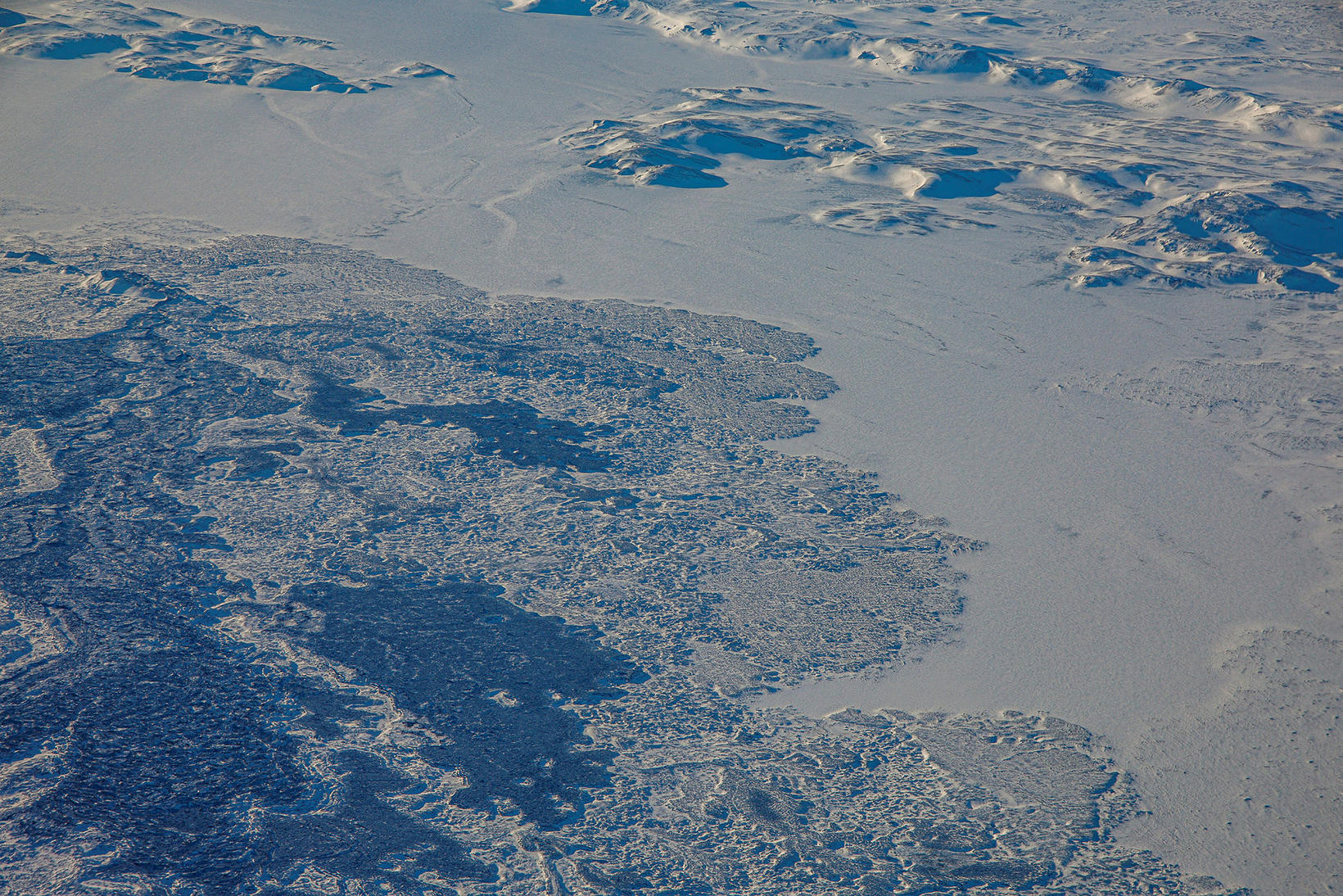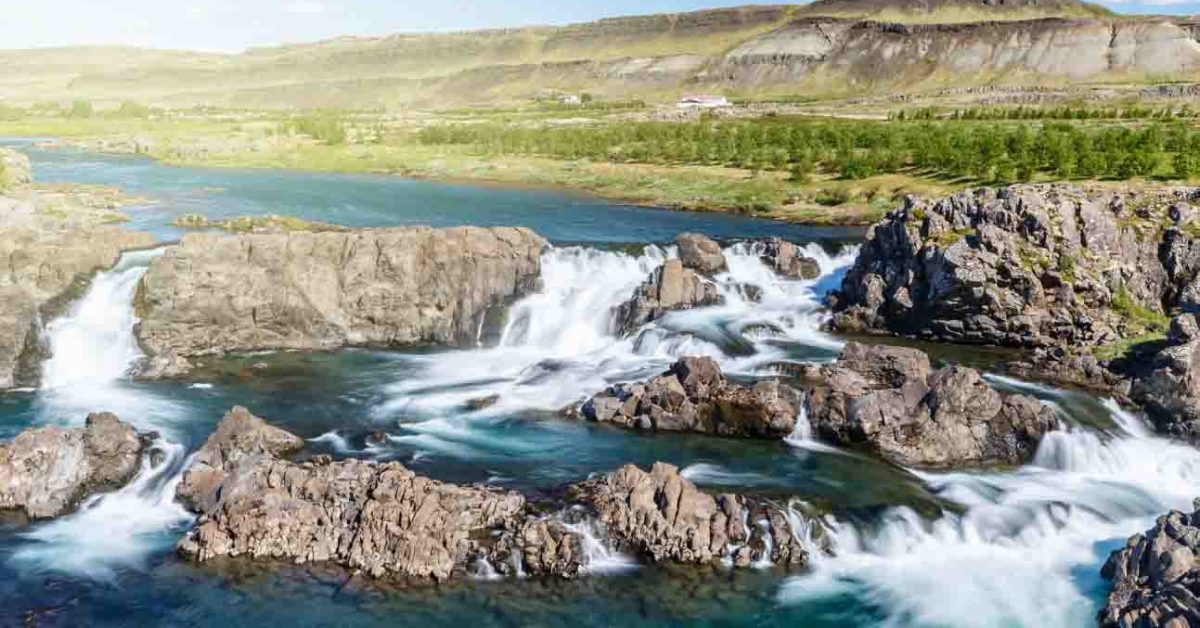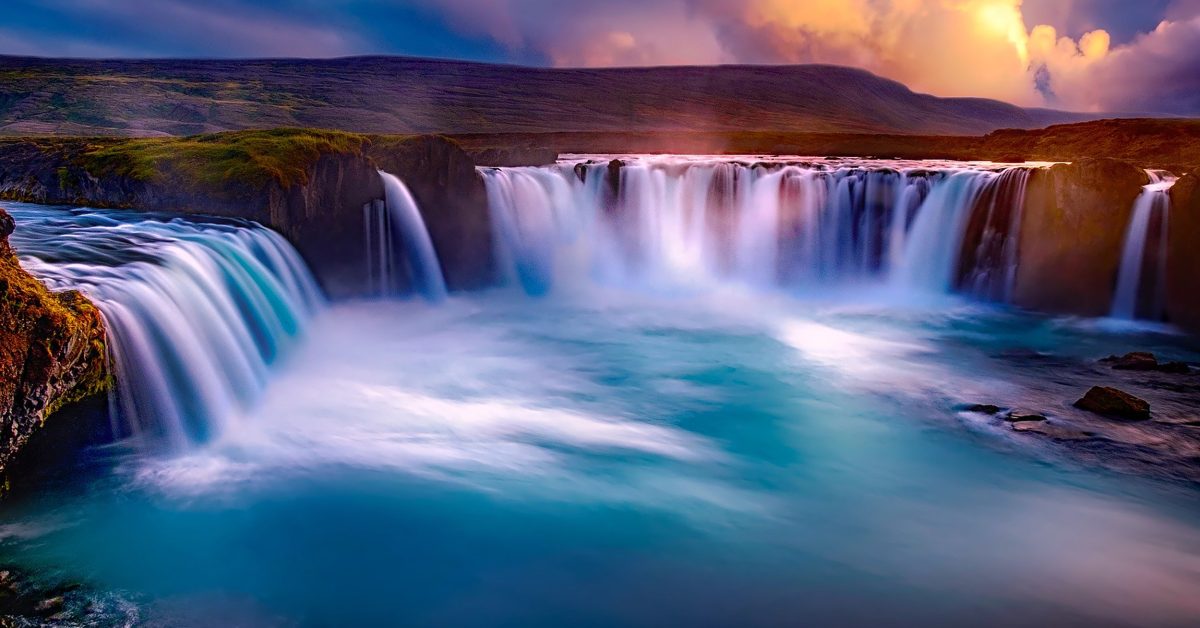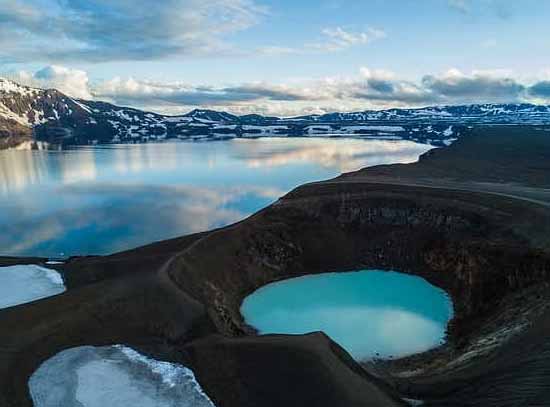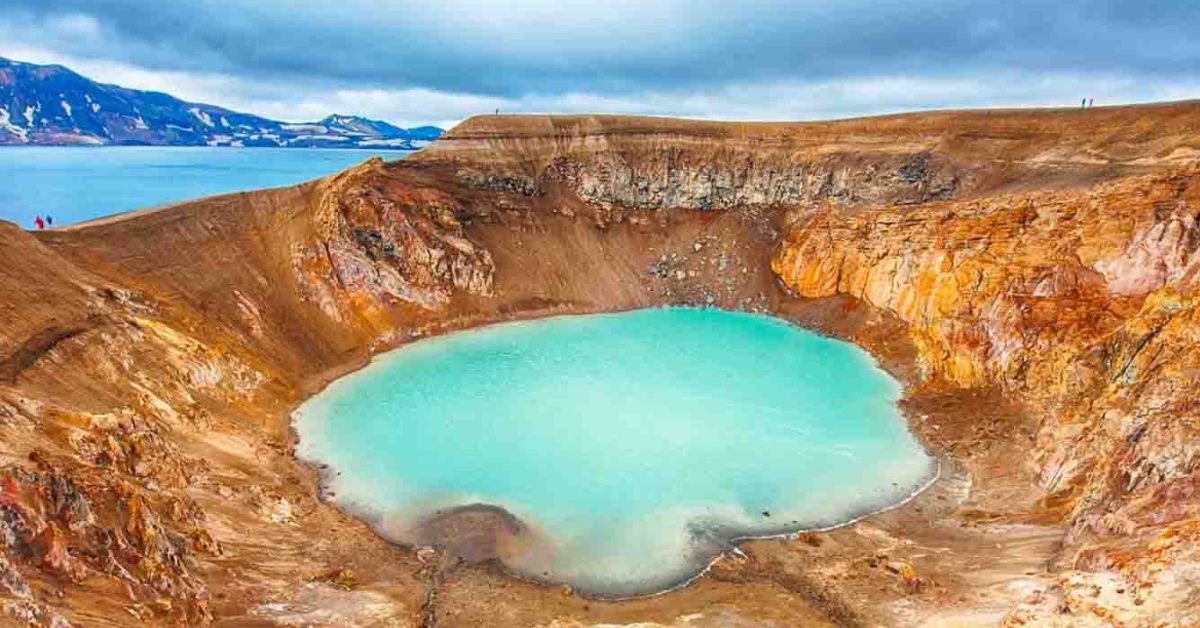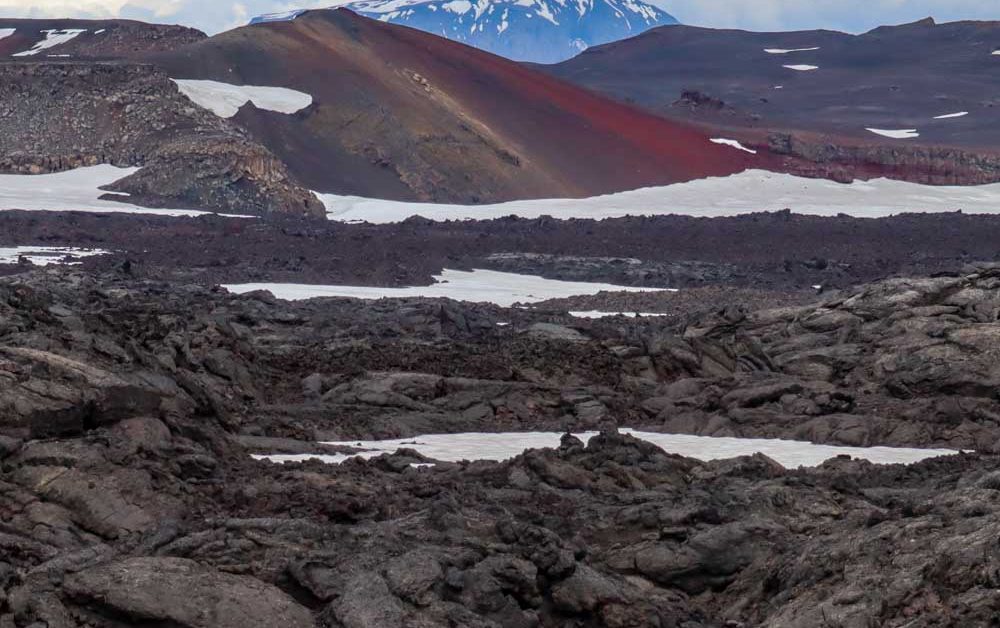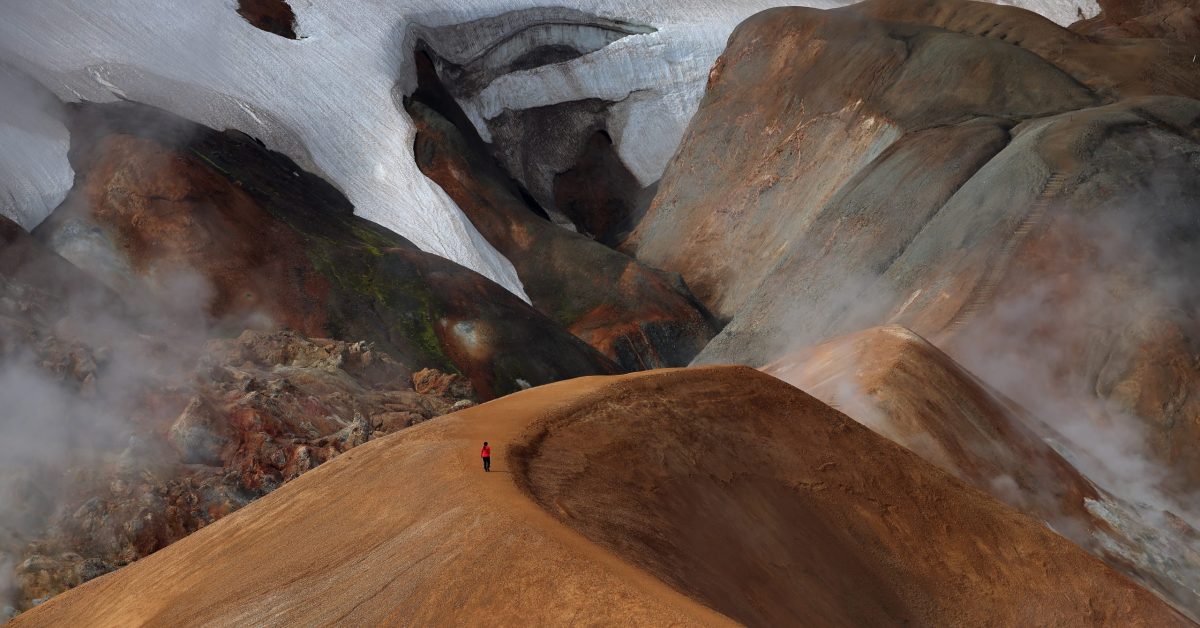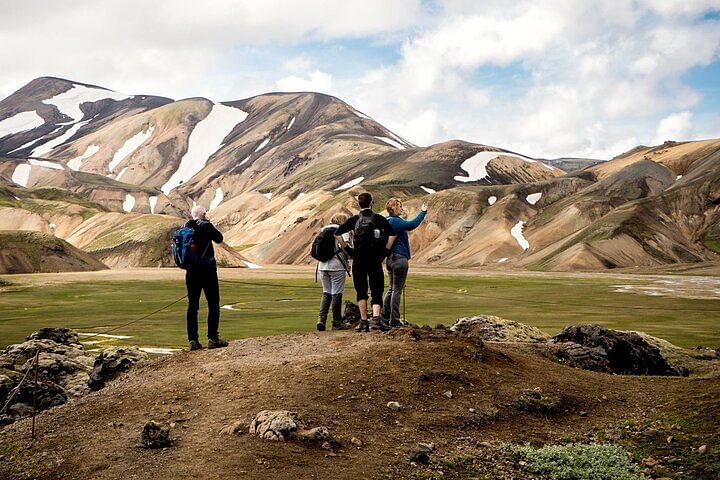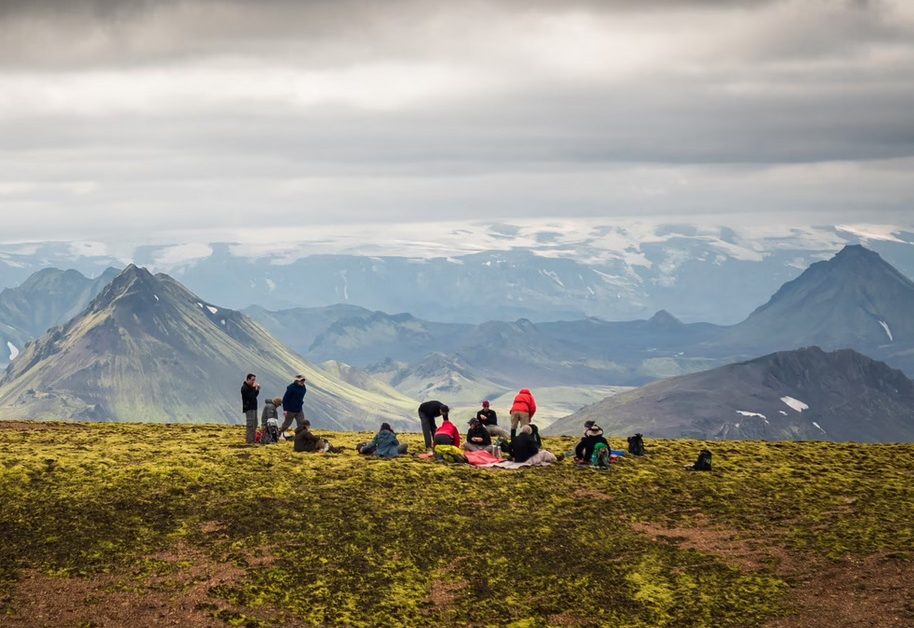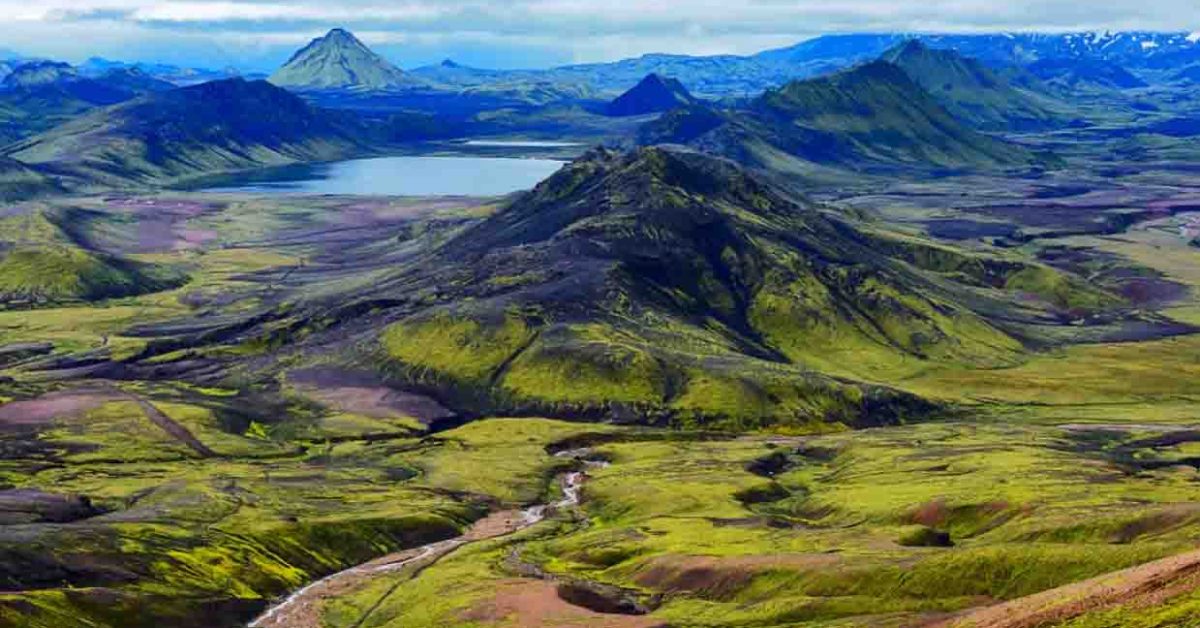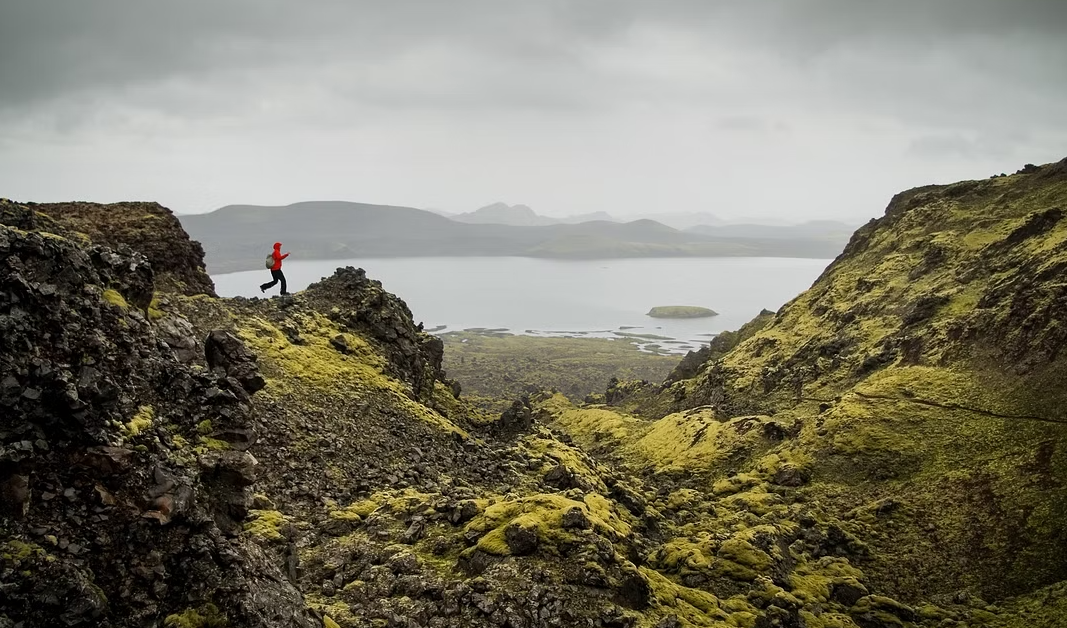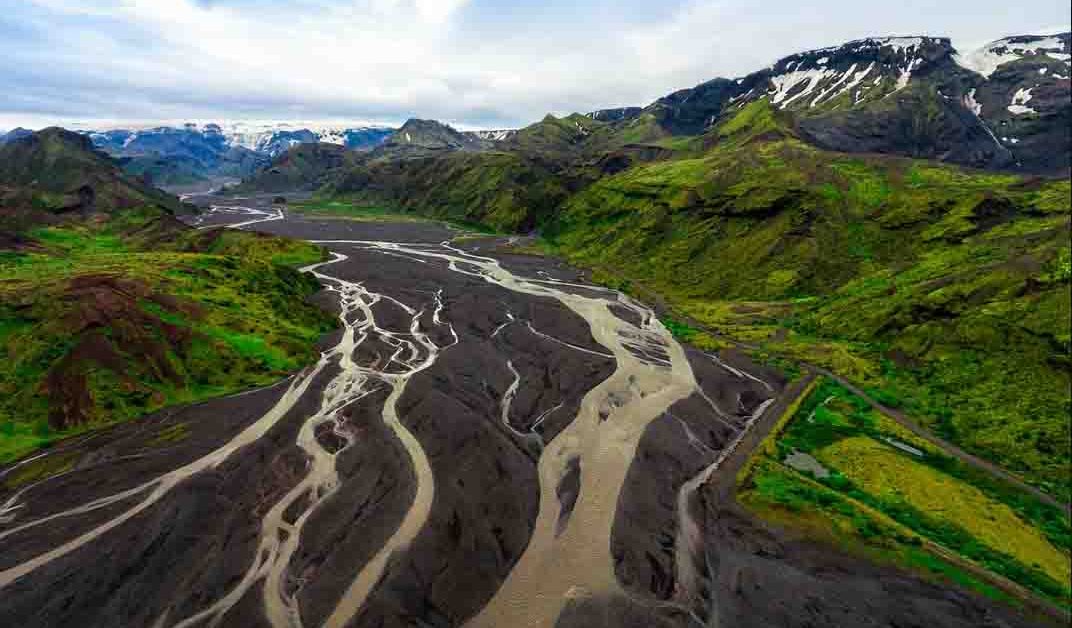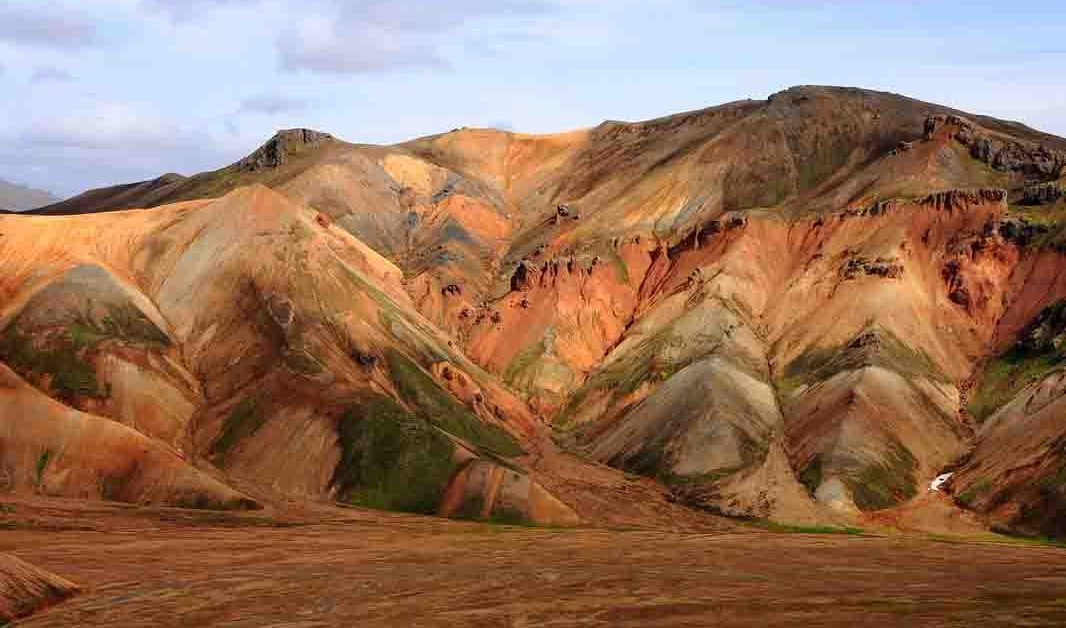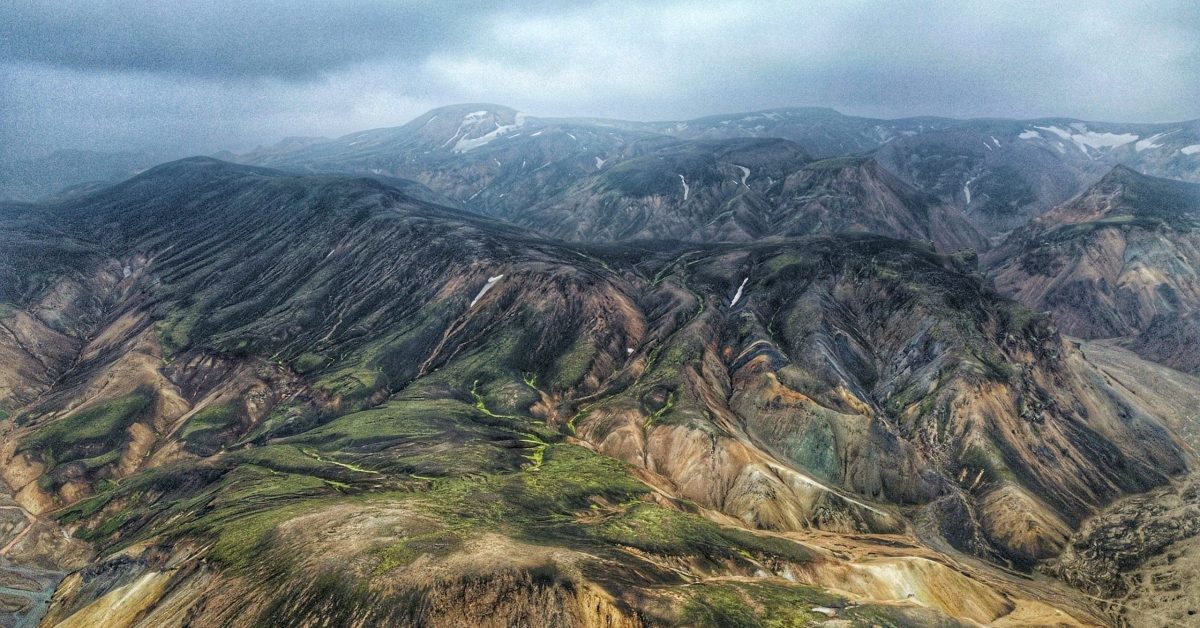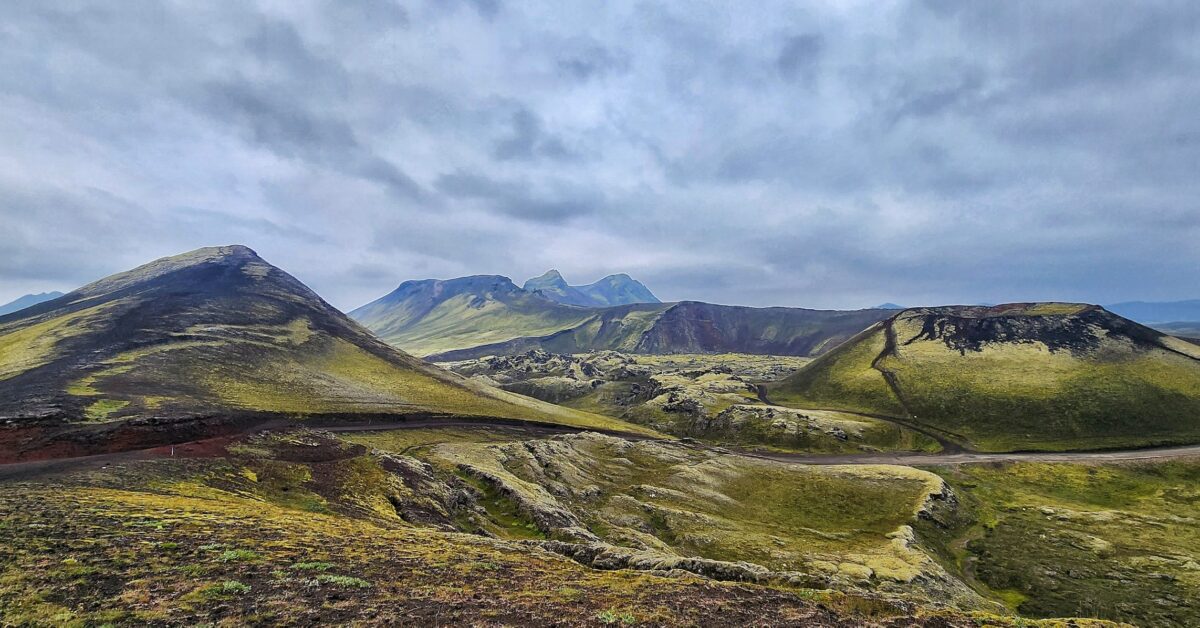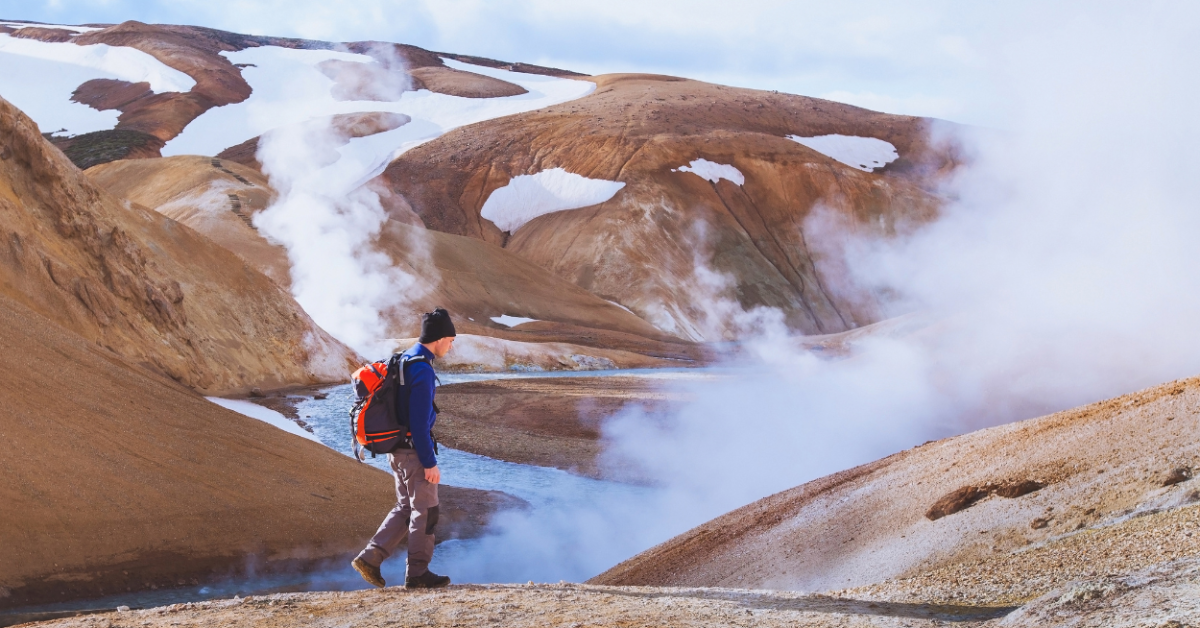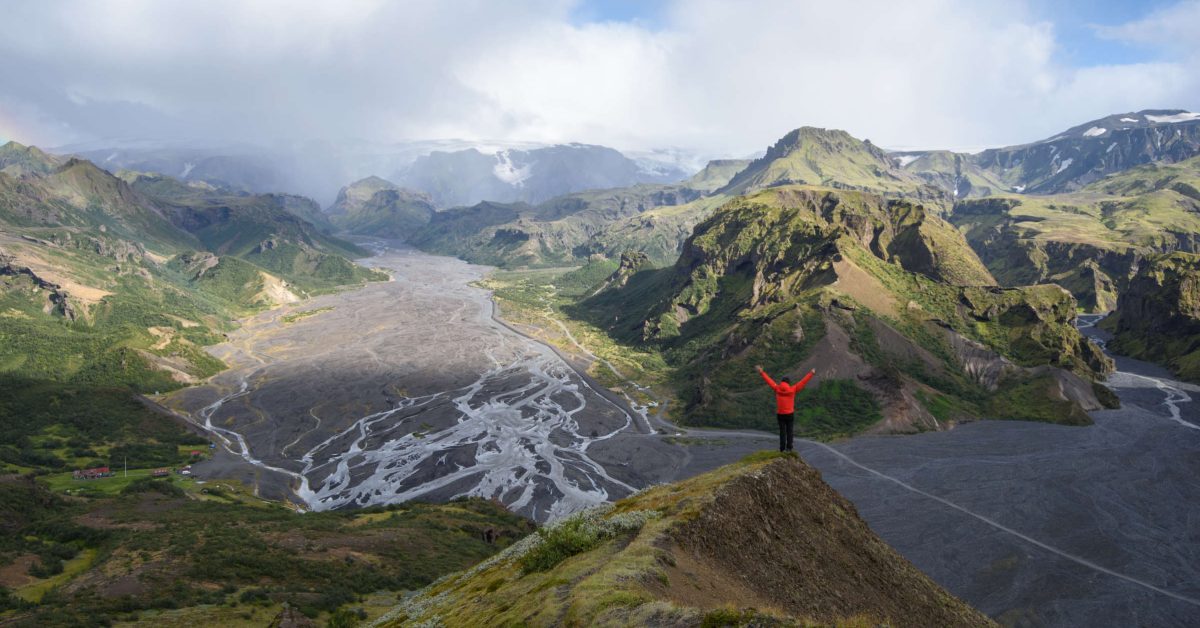Askja volcanic site
Askja volcanic site is a caldera located in a central volcano in the Dyngjufjöll Mountains, north of Vatnajökull glacier in the Icelandic Highlands. Its location is just in the centre of many fissures that erupted in the past. Askja is the Icelandic word for caldera.
The mountains that are forming the crater are among the highest in Iceland with an Altitude of 1510 m (4954 feet). The bottom of Askja is located at 1100m while the rim is higher, located at 1400-1500m above sea level.
The mountain system where Askja is located was formed during eruptions under an Ice Age glacier cap while Askja particularly was formed at the end of the Ice Age in a major eruption where the magma chamber subsided right in the heart of the central volcano. After this eruption, a circular depression.
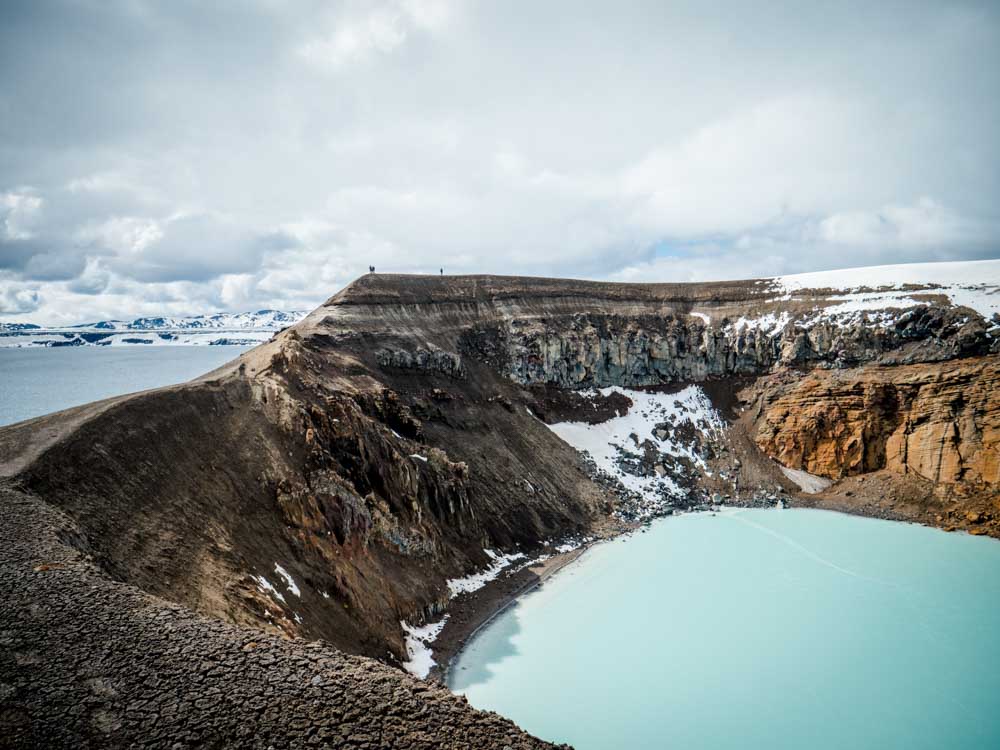
Askja erupted several times in recent history and some eruptions were very strong. These powerful eruptions happened also 11 000 years ago having an international impact too. The eruption was so powerful at that time that the ash got as far as Romania, in Eastern Europe.
The eruptions in recent history were also powerful and with an international impact.
In 1875 Askja erupted and poisonous ash covered the Icelandic Eastfjords. This event determined people to move from the Eastfjords because the livestock was compromised for a long period after the eruption. Many of them moved abroad to the United States and Canada.
When this eruption happened, it was so powerful that the ash from the volcano was found in Poland.
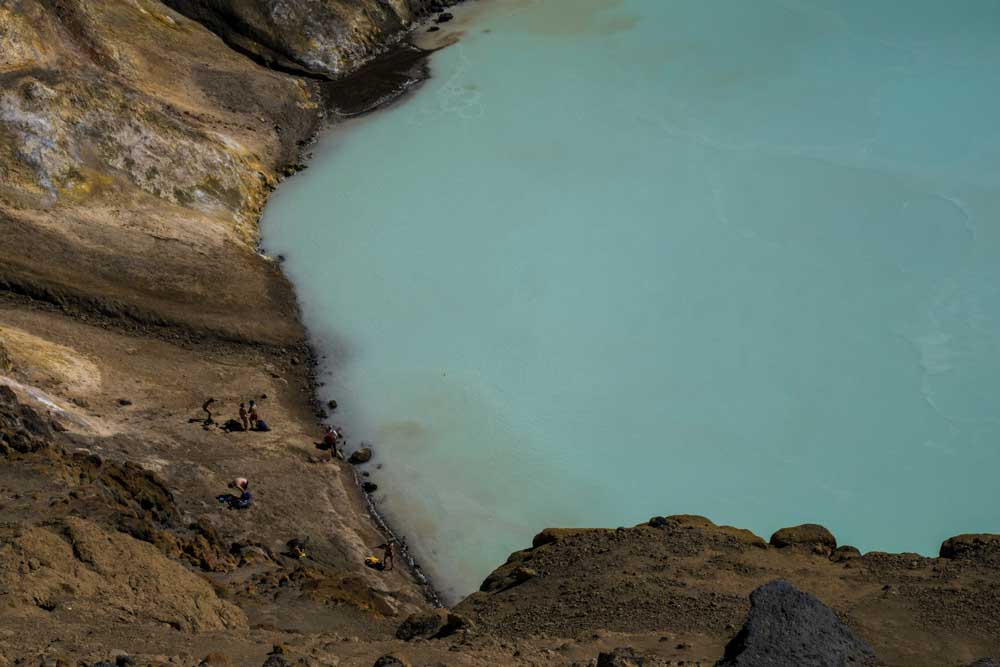
Another eruption happened in 1961 but this time it was not so significant. Since then Askja volcanic site has still active though there is no lava flow on the surface.
The underground of the Askja is still warm and the proof remains in the fact that in 2010 there were tremors in the area and in April 2012 there was no ice cap.
Öskjuvatn lake
Lake Öskjuvatn was formed after the eruption in 1875. It is the second deepest lake in Iceland with a depth of 200m. The eruption occurred in the southern part of the caldera and just a few hours almost 2.5 cubic km of lava and volcanic material surged up from the vent.
The scientists say that this eruption was similar to the process that created the Askja volcanic site. After the eruption, the magma chamber ceiling subsided and the crater of the later-existing lake was formed and then filled with underground water.
Öskjuvatn lake has a surface of 12 km² and it is frozen all year round. When the lake is not frozen there is a clear sign of a possible eruption or underground activity.
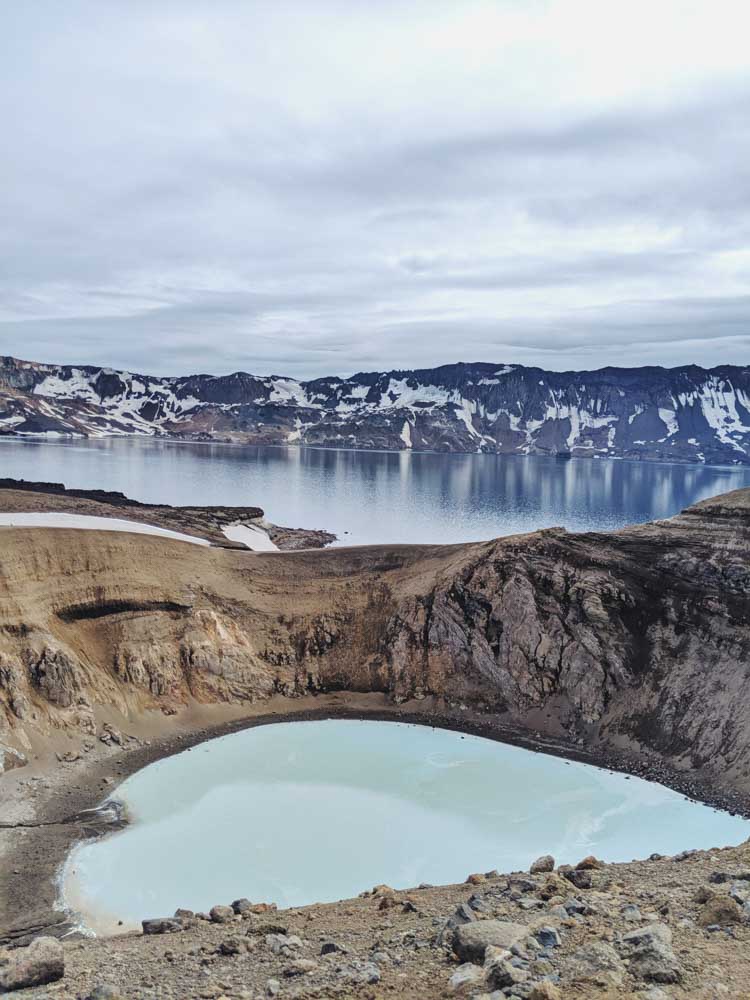
Lake Viti
At the end of the eruption in 1875 Lake Viti formed. Lake Viti is a wasm lake formed inside the crater of the volcano with the same name. Viti volcano was an explosive volcano located in the caldera that contains also many other volcanoes.
After the eruption, water accumulates in the crater and its temperature is variable (mostly at 30 degrees Celsius), depending on how much meltwater accumulates during springtime.
Lake Viti is not so deep, reaching its maximum depth of 8m in the centre of the lake.
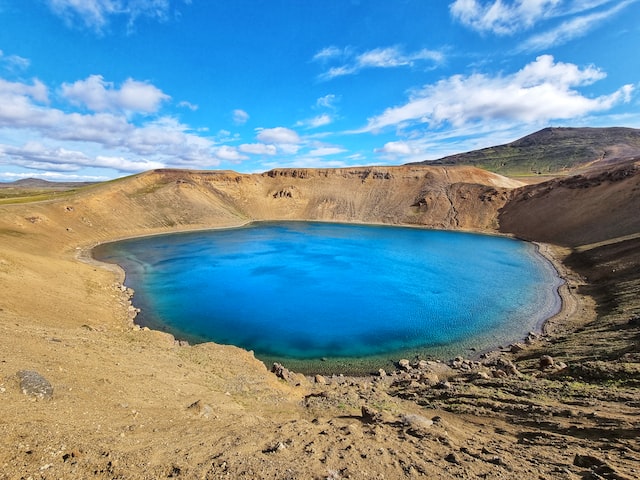
Training ground for Apollo astronauts
The Icelandic Highlands are looking out-of-this-world and the Askja volcanic site is looking even more like is from another planet. This is what the scientists from Apollo thought also.
Askja is located in the Icelandic Highlands and north of the Vatnajökull glacier which makes the area dry and cold without any vegetation around. This was the perfect environment that looked similar to the moon relief reason why the Apollo astronauts used the site for training.
After they came to Askja, many meteorologists, geologists and volcanologists were attracted to research the area.
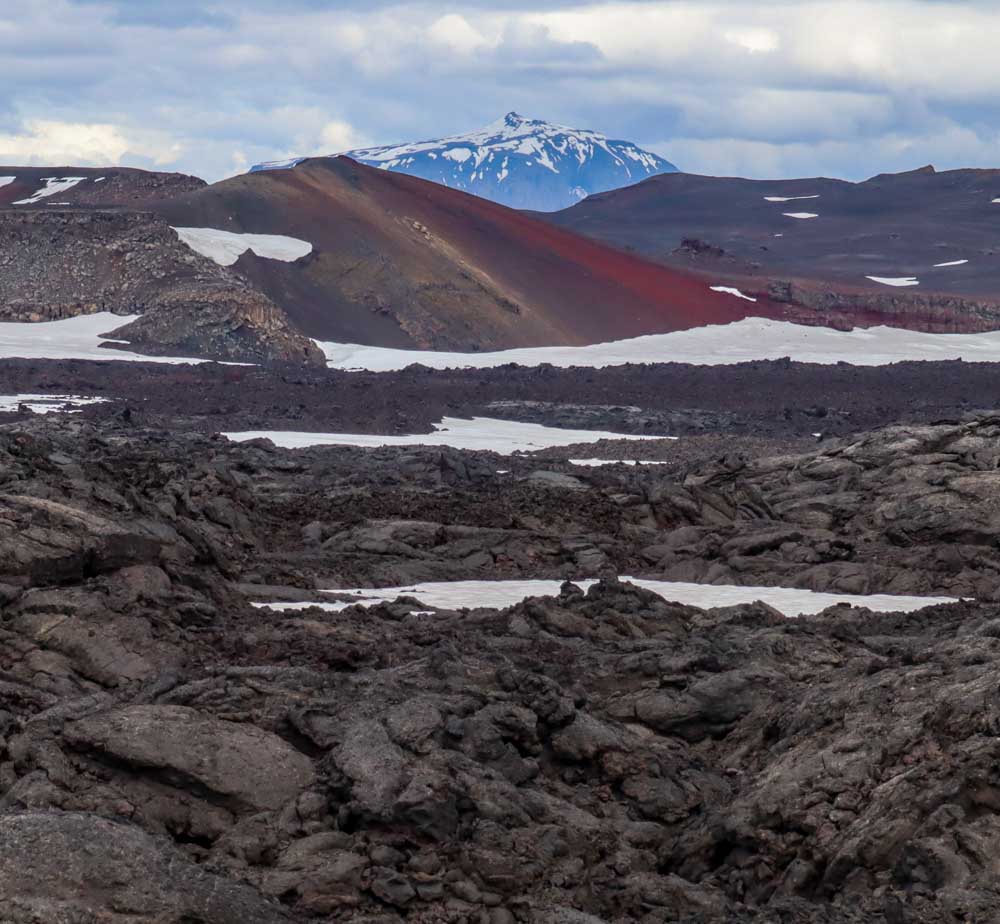
Tragedy at the Askja volcanic site
In 1907 two German scientists went to Askja to study the volcano. Walter von Knebel and Max Rudloff took a boat ride on Öskjuvatn lake but they never returned. No sign from them was ever seen again.
In 2014 the studies that were made there might have come with an answer about what happened with the two German scientists. A study made in the Askja caldera showed that the landslides that happen on the inside walls of the caldera cause a wave in the lake of about 30 meters in height.
Any small boat that happens to be on the lake would be completely shattered and this can be a possible cause of the disappearance of the two German scientists.
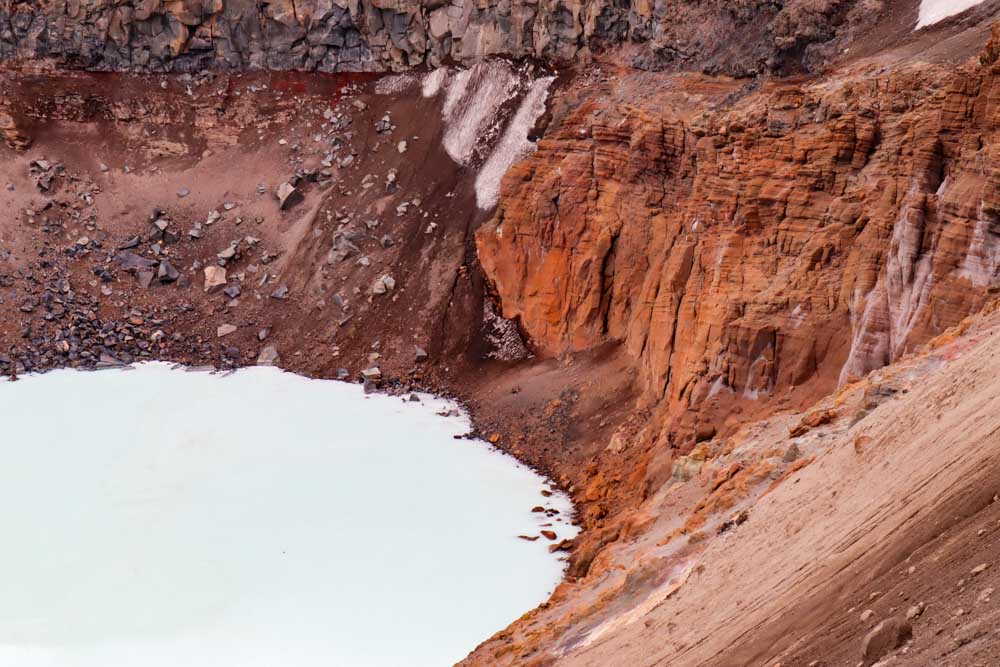
Askja nowadays
In February 2023 Icelandic Scientists remarked that the ice on the slopes of the Öskjuvatn lake and also the water inside the lake are melting fast which means that there might be a sign of underground activity.
Since the scientists observed these changes they started to monitor the situation at the Askja volcanic site by measuring the temperature, and the earth’s movements as the underground activity in the area started to increase in the last year. Many earthquakes were registered in the area as well as a rise of the land of about 50 cm. The scientists say that a magma chamber was also formed underground.
If and when an eruption will happen is hard to say, but what is clear for the moment is that the site is active underground and the Icelandic scientists are monitoring it closely. Check the news here.
The site is closed now for visitors as the Highlands are not accessible during winter and most probably warning signs or restrictions will be placed there once the summer is coming and the Highlands are accessible to tourists again.
